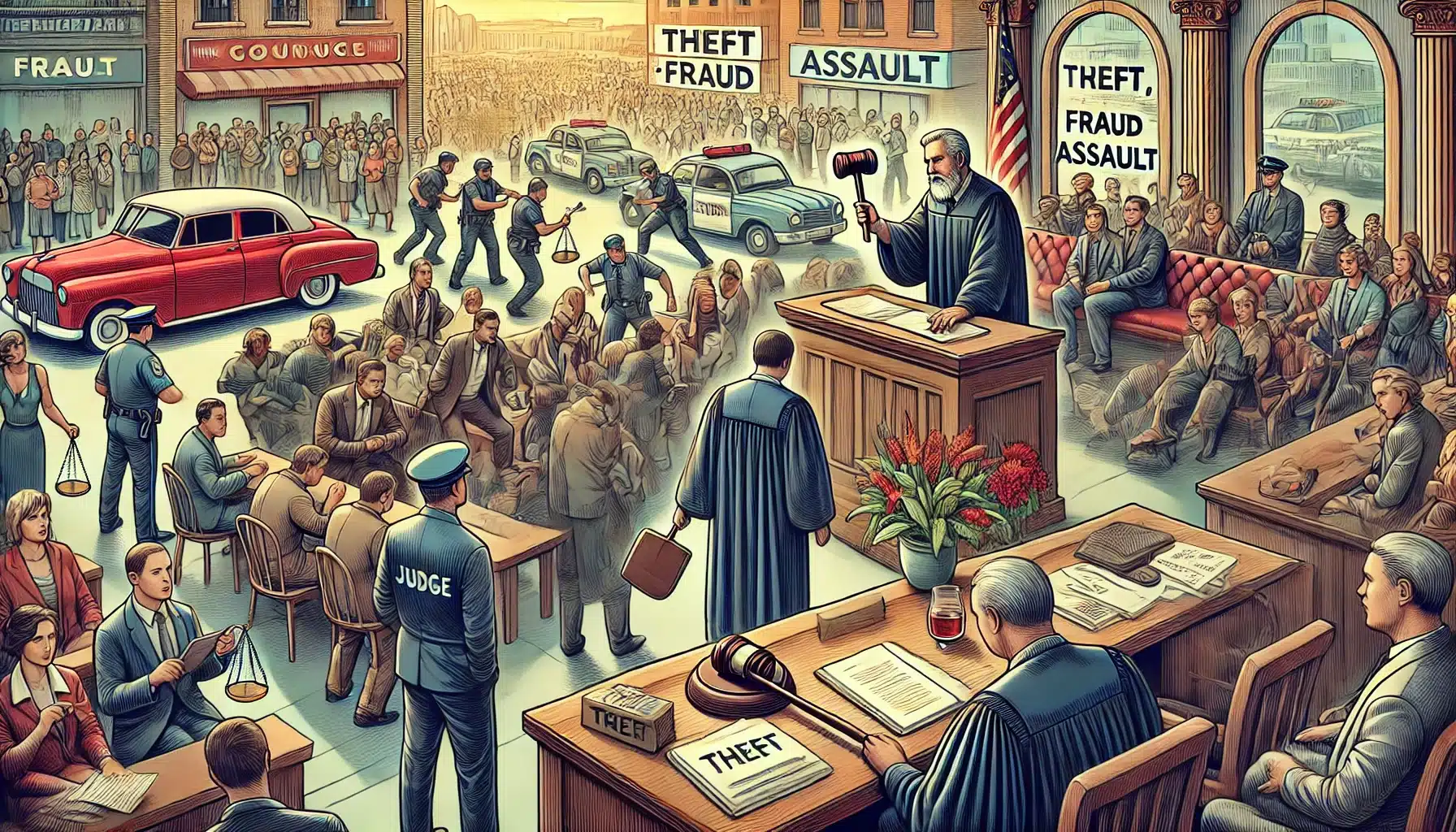Helicopter Money was coined by Milton Friedman as a literal meaning of a helicopter dropping huge sums of money into the economy. Helicopter money is a reference to an idea made popular by the American economist Milton Friedman in 1969.

Introduction
The present pandemic has impacted the global economy in a very unprecedented manner. World leaders and experts are trying to formulate policies which can revive operations in domestic economies which have been hit hard with a steep dip in production and demand. Lockdowns have been imposed in many countries which have substantially affected economical and financial operations. Experts have predicted the undesirable impact of the pandemic on the global economy which is not expected to fade away anytime soon. The IMF recently announced its forecast for a 3% drop in global output in 2020, which would be the worst slide in recent memory.[1]
In the wake of the recent pandemic, the term ‘helicopter money’ has gained significance across some domestic economies. Helicopter money is a financial strategy is considered to the last resort for reviving the economy by many experts. Helicopter money is not the first best solution to pay for stimulus measures in the face of coronavirus, but it is ultimately the most likely one.[2] In this article, the meaning and origin of the term will be focused along with how this financial strategy is expected to help an economy crippled with low supply and demand.
What does helicopter money mean?
Helicopter Money was coined by Milton Friedman as a literal meaning of a helicopter dropping huge sums of money into the economy. Helicopter money is a reference to an idea made popular by the American economist Milton Friedman in 1969. In the now-famous paper “The Optimum Quantity of Money”, Friedman included the following parable:
Let us suppose now that one day a helicopter flies over this community and drops an additional $1,000 in bills from the sky, which is, of course, hastily collected by members of the community. Let us suppose further that everyone is convinced that this is a unique event which will never be repeated.
Helicopter money is a fiscal policy by which the government decides to print a huge number of currency notes and puts it directly into the economy with the objective of increasing spending and demand in an economy which is sinking deep into the sea of low demand and supply. The name of the policy is symbolic to a helicopter dropping safety aid from the sky. It is commonly the last resort in any economy which is poorly performing and drowning due to low demand. Friedman used the term to signify “unexpectedly dumping money onto a struggling economy with the intention to shock it out of a deep slump.”[3] Helicopter money is a theoretical and unorthodox policy which gained prominence in the late 1990s. It was considered for implementation to combat deflation in Japan. Later it was also considered to be implemented in the United States.[4] When the policy of helicopter money is implemented, the interest rates are lowered or in some circumstances, cuts in tax rates are also introduced. The ultimate purpose of this policy is to reduce deflation in the economy which should be characterized by increased spending and high liquidity in the economy.
How does the policy of helicopter money help the economy?
Merits of Helicopter money
Helicopter money is a fiscal policy where a substantial chunk of money is infused into the economy, the money being printed and transferred by the Central Bank to the central government. The architect behind implementing helicopter money in the United States in 2002 was Mr. Ben Bernanke who was a member of the Federal Reserve Board. According to him, helicopter money is an effective measure in times where the economy cannot be revived when conventional monetary policies prove to be ineffective.[5]
The major merit of helicopter money is that there is no additional burden on the debt in the economy since the money used in this policy is printed and transferred by the central bank. Hence, such a policy is safeguarded from the grips of extra debt. This policy has a high potential to increase the aggregate demand in the economy immediately, more than what quantitative easing can do.[6] Quantitative easing is another fiscal policy which is adopted in economies with the purpose of infusing liquidity into the economy. In this policy, the central bank buys government bonds and securities along with other bonds and securities in the market.
Demerits of Helicopter Money
The major reason why experts denounce the policy of helicopter money is that it can cause high rates of inflation which could be characterised by high prices for good and services. This can lead to a dip in aggregate demand and supply since even with high purchasing power, individual buyers will find to difficult to pay for high and soaring prices for goods and services. Experts have stated that this policy does not deliver favourable results as it stipulates since it can be implemented fully only with the help of major changes in the tax and interest rates in the economy. These substantial changes can affect the economy in terms of cash supply and how liquidity is distributed across different sectors of the economy. It can affect other fiscal and monetary policies in place. Though it would appear to be theoretically feasible, from a practical standpoint, it is considered to be a hypothetical, unconventional monetary policy tool whose implementation is highly improbable.[7]
One of the main risks associated with helicopter money is that it could lead to a significant devaluation of the currency on the foreign exchange market. As more money is printed and supply increases, the value of the domestic currency could significantly decrease. It could also discourage speculators from buying the currency as it is less likely to perform well.[8] According to economist Tony Yates, helicopter money could shatter the fragile political consensus that has given central banks broadly sensible mandates and preserved their independence.[9]Owing to its poor feasibility, experts advise central banks and central governments not to adopt helicopter money as its cons overcome its merits. At the same time, such a policy can be adopted only when there are coordinated efforts between the central government and central bank, which otherwise can lead to a disaster.
[1] The Special Economic Impact of Pandemics, Investopedia (21 May 2020 07:00PM)
[2] Megan Greeene, Can “helicopter money” save the global economy? Prospect. (21 May 2020, 05:00PM)
[3] ET Explains: What is helicopter money and why is it in news? The Economics Times (21 May 2020 05:00PM)
[4] Against Helicopter Money, Cato Institute (21 May 2020 06:00PM)
[5] Ben Bernanke, What tools does the Fed have left? Part 3: Helicopter Money, Brookings. (21 May 2020 06:00 PM)
[6] Helicopter money definition, IG (22 May 2020, 04:00PM)
[7] Helicopter Drop (Helicopter Money), Investopedia (21 May 2020 05:00PM)
[8] Supra Note 6
[9] What is helicopter money? World Economic Forum (21 May 2020 06:00PM)




